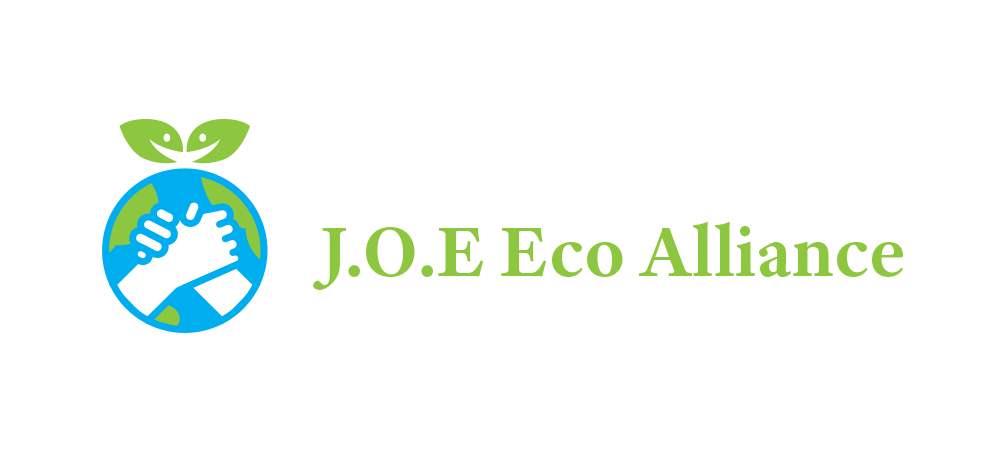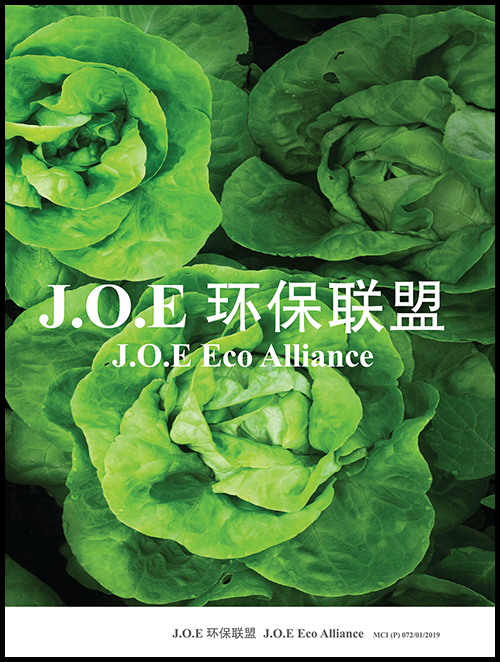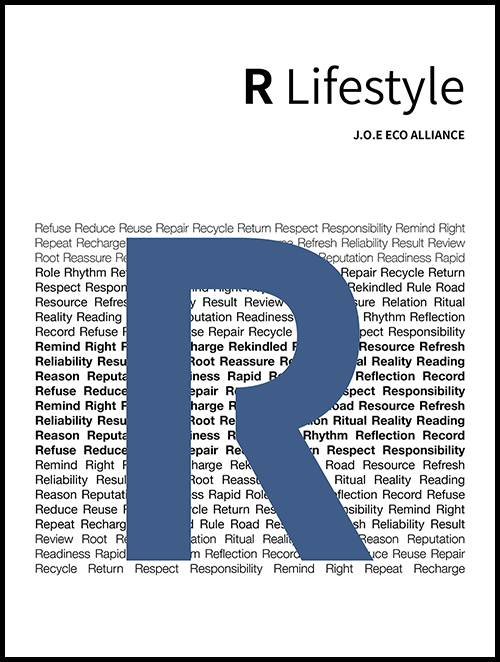由全球40多名儿童和青少年健康专家共同发布的一份具里程碑意义的报告显示,世上没有一个国家能充分保护儿童的健康、环境和未来。
世界卫生组织、联合国儿童基金会和《柳叶刀》医学杂志联合召集的一个委员会,在一份题为《世界儿童的未来?》的报告中指出,全球每一个儿童和青少年的健康和未来都受到生态退化、气候变化,以及侵略性营销做法的直接威胁,这些行为将严重加工的快餐、含糖饮料、酒精和烟草推向儿童。
富裕国家碳排放量偏高
该报告包括一项全球180个国家的新指数比较儿童发育表现,包括儿童生存和福祉的衡量指标例如健康、教育和营养;可持续性以及公平或收入差距。
报告说,尽管最贫穷的国家需要做更多工作来支持其子女获得健康生活的能力,但过多的碳排放量威胁着所有儿童的未来,而富裕国家碳排放占比过大。若按目前的预测,到2100年全球变暖超过4摄氏度,海平面上升、热浪、疟疾和骨痛热症等疾病的扩散以及营养不良将给儿童造成毁灭性的健康后果。
该指数表明,挪威、韩国和荷兰的儿童实现生存和福祉的可能性最高,中非共和国、乍得、索马里、尼日尔和马里的儿童的可能性最低。但是,如果将人均二氧化碳排放量考虑在内,排名则发生逆转:挪威、韩国和荷兰的排名分别为156、166和160。这三国的人均二氧化碳排放量均比其2030年的目标高210%。美国、澳大利亚和沙特阿拉伯列入排放量最大的10个国家。
唯一有望在2030年之前实现人均二氧化碳排放目标的国家、并在儿童抚养措施方面表现出色的国家是阿尔巴尼亚、亚美尼亚、格林纳达、约旦、摩尔多瓦、斯里兰卡、突尼斯、乌拉圭和越南。
有害营销威胁儿童健康
报告还强调了有害营销做法对儿童构成的独特威胁。有证据表明,某些国家的儿童一年仅在电视上就能看到多达3万条广告,而接触到电子烟广告的美国青少年比率在两年内增长了250%以上,达2400万。
报告说,尽管澳洲已经签署了行业自律条例,但仅一年的橄榄球和板球的电视转播就让儿童和青少年接触到5100万条酒精饮料广告。
报告指出,儿童接触垃圾食品和含糖饮料的商业营销做法与购买不健康食品以及超重和肥胖之间存在关联。肥胖儿童和青少年的数量从1975年的1100万增至2016年的1亿2400万,增长了11倍,造成了高昂的个人和社会成本。
为了保护儿童,报告建议加强对有害商业营销包括社交媒体的国家监管,尤其是广告商将购买电子游戏机的儿童个人资料转卖给全球科技企业,使他们的手机无时无刻遭无良商家的“广告轰炸”。
新西兰前总理、委员会联合主席克拉克说:“虽然过去20年儿童和青少年健康状况获得改善,但进展现已停滞,甚至可能出现倒退。更令人担忧的是,全球儿童的生存都面临气候变化和商业压力的双重威胁。”
克拉克敦促各国彻底改变对待儿童和青少年健康问题的方式,确保不仅照顾好当今儿童,还要为我们的子孙后代保护好地球。
No single country is adequately protecting children’s health, their environment and their futures, finds a landmark report released today by a Commission of over 40 child and adolescent health experts from around the world. The Commission was convened by the World Health Organization (WHO), UNICEF and The Lancet.
The report, A Future for the World’s Children?, finds that the health and future of every child and adolescent worldwide is under immediate threat from ecological degradation, climate change and exploitative marketing practices that push heavily processed fast food, sugary drinks, alcohol and tobacco at children.
“Despite improvements in child and adolescent health over the past 20 years, progress has stalled, and is set to reverse,” said former Prime Minister of New Zealand and Co-Chair of the Commission, Helen Clark. “It has been estimated that around 250 million children under five years old in low- and middle-income countries are at risk of not reaching their developmental potential, based on proxy measures of stunting and poverty. But of even greater concern, every child worldwide now faces existential threats from climate change and commercial pressures.
“Countries need to overhaul their approach to child and adolescent health, to ensure that we not only look after our children today but protect the world they will inherit in the future,” she added.
Intensifying climate change threatens every child’s future
The report includes a new global index of 180 countries, comparing performance on child flourishing, including measures of child survival and well-being, such as health, education, and nutrition; sustainability, with a proxy for greenhouse gas emissions, and equity, or income gaps.
According to the report, while the poorest countries need to do more to support their children’s ability to live healthy lives, excessive carbon emissions – disproportionately from wealthier countries – threaten the future of all children. If global warming exceeds 4°C by the year 2100 in line with current projections, this would lead to devastating health consequences for children, due to rising ocean levels, heatwaves, proliferation of diseases like malaria and dengue, and malnutrition.
The index shows that children in Norway, the Republic of Korea, and the Netherlands have the best chance at survival and well-being, while children in Central African Republic, Chad, Somalia, Niger and Mali face the worst odds. However, when authors took per capita CO2 emissions into account, the top countries trail behind: Norway ranked 156, the Republic of Korea 166, and the Netherlands 160. Each of the three emits 210% more CO2 per capita than their 2030 target. The United States of America (USA), Australia, and Saudi Arabia are among the ten worst emitters.
“More than 2 billion people live in countries where development is hampered by humanitarian crises, conflicts, and natural disasters, problems increasingly linked with climate change,” said Minister Awa Coll-Seck from Senegal, Co-Chair of the Commission. “While some of the poorest countries have among the lowest CO2 emissions, many are exposed to the harshest impacts of a rapidly changing climate. Promoting better conditions today for children to survive and thrive nationally does not have to come at the cost of eroding children’s futures globally.”
The only countries on track to beat CO2 emission per capita targets by 2030, while also performing fairly (within the top 70) on child flourishing measures are: Albania, Armenia, Grenada, Jordan, Moldova, Sri Lanka, Tunisia, Uruguay and Viet Nam.
Harmful commercial marketing preys on children – with childhood obesity increasing 11-fold
The report also highlights the distinct threat posed to children from harmful marketing. Evidence suggests that children in some countries see as many as 30,000 advertisements on television alone in a single year, while youth exposure to vaping (e-cigarettes) advertisements increased by more than 250% in the USA over two years, reaching more than 24 million young people.
Professor Anthony Costello, one of the Commission’s authors, said: “Industry self-regulation has failed. Studies in Australia, Canada, Mexico, New Zealand and the USA – among many others – have shown that self-regulation has not hampered commercial ability to advertise to children. For example, despite industry signing up to self-regulation in Australia, children and adolescent viewers were still exposed to 51 million alcohol ads during just one year of televised football, cricket and rugby. And the reality could be much worse still: we have few facts and figures about the huge expansion of social media advertising and algorithms aimed at our children.”
Children’s exposure to commercial marketing of junk food and sugary beverages is associated with purchase of unhealthy foods and overweight and obesity, linking predatory marketing to the alarming rise in childhood obesity. The number of obese children and adolescents increased from 11 million in 1975 to 124 million in 2016 – an 11-fold increase, with dire individual and societal costs.
A manifesto for immediate action on child and adolescent health
To protect children, the independent Commission authors call for a new global movement driven by and for children. Specific recommendations include:
- Stop CO2 emissions with the utmost urgency, to ensure children have a future on this planet;
- Place children and adolescents at the centre of our efforts to achieve sustainable development;
- New policies and investment in all sectors to work towards child health and rights;
- Incorporate children’s voices into policy decisions;
- Tighten national regulation of harmful commercial marketing, supported by a new Optional Protocol to the UN Convention on the Rights of the Child.
Dr. Richard Horton, Editor-in-Chief of The Lancet family of journals, said: “The opportunity is great. The evidence is available. The tools are at hand. From heads-of-state to local government, from UN leaders to children themselves, this Commission calls for the birth of a new era for child and adolescent health. It will take courage and commitment to deliver. It is the supreme test of our generation.”
“From the climate crisis to obesity and harmful commercial marketing, children around the world are having to contend with threats that were unimaginable just a few generations ago,” said Henrietta Fore, UNICEF Executive Director. “It is time for a rethink on child health, one which places children at the top of every government’s development agenda and puts their well-being above all considerations.”
“This report shows that the world’s decision makers are, too often, failing today’s children and youth: failing to protect their health, failing to protect their rights, and failing to protect their planet,” Dr Tedros Adhanom Ghebreyesus, Director-General of the World Health Organization said. “This must be a wakeup call for countries to invest in child health and development, ensure their voices are heard, protect their rights, and build a future that is fit for children.”
Source: Zaobao / World Health Organisation








